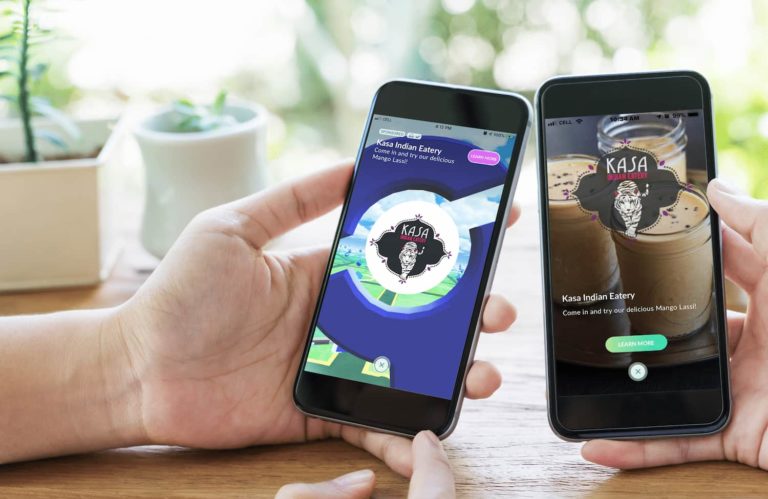
One untapped opportunity in AR is to position it as a local discovery engine. Similar to Google Lens, the idea is to evoke informational overlays for storefronts. When done organically, it can boost local commerce, as examined in ARtillery Intelligence’s recent geo-local AR report.
Another way this can be done is in tandem with location-based gaming. And the model there is Niantic’s Sponsorship Platform. In short, it positions sponsors’ real-world locations as in-game waypoints, which results in measurable foot traffic and ringing cash registers.
So far, Niantic has worked with multi-location brands such as McDonald’s and 7-Eleven. And its self-serve program opens it up to small businesses. So in the wake of Niantic’s big Lightship launch, we examine the results these brands are seeing in this week’s Data Dive.
Lifetime Value
Before getting into Niantic’s sponsorship program results, what is it and how does it work? As noted, it allows sponsors to position real-world locations as in-game waypoints such as gyms and Pokéstops. They can then stimulate in-game raids by choosing when Pokémon hatch.
This is driven by Pokemon Go’s game mechanics. Specifically, 73 percent of players deviated from their regular walking routes – sometimes to sponsored locations – to achieve in-game milestones. 84 percent interacted with commercial locations and 58 percent transacted.
But the ultimate proof is in the performance data from brands that have launched campaigns in Pokémon Go. Highlights include SK Telecom’s 10.8 percent boost in loyalty program signups (a campaign objective) during scheduled raids around its locations in Taiwan.
7-Eleven similarly activated raids around thousands of its locations in Taiwan, Mexico, and other regions. And it saw a tangible boost in revenue across the board, to the tune of 10.5 percent on average. Convenience stores are a prime category for Pokémon Go sponsorship.
Beyond these ROI signals, there are other macro benefits such as boosting brand sentiment. This happens as players associate brands with their positive experiences with the game – in some cases to fuel them for play. This brand association can boost customer “lifetime value.”
Organic Alignment
As further background on the sponsorship program, it stems from Niantic’s Wayfarer program. This lets players vote on locations for Pokéstops and Gyms. Sponsors can now name those locations can even choose days and dayparts to boost traffic (think: slow hours).
The key word in all of this is organic, says Niantic. Sponsorship isn’t contrived but rather aligned with gameplay. Moreover, players can work up a hunger through PGO’s migratory play – making sponsorship a natural fit for fast food, coffee, and convenience stores as noted.
So how does Niantic achieve this organic alignment? Its primary guiding principle is to put player experience first. If followed, this can keep priorities straight and ensure that sponsored elements are always natural to gameplay, rather than interruptive or commercial-feeling.
It also emphasizes the importance of stories to keep things sticky. This involves putting players at the center of narrative and gamified experiences. For example, there are in-game incentives for things like visiting a Pokéstop (sponsored or unsponsored) five consecutive days.
So how does this align with the newly-launched Lightship? Niantic hasn’t specified a direct tie, but it’s logical to envision that sponsorship monetization could be baked into the platform. This would provide even more incentive for developers to raise their game with Lightship.

